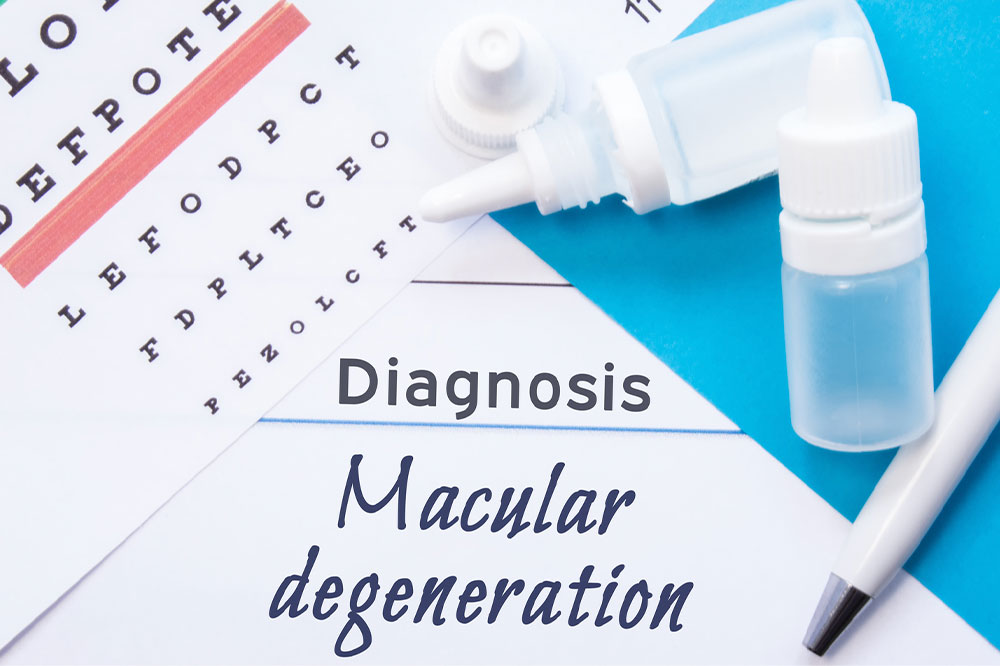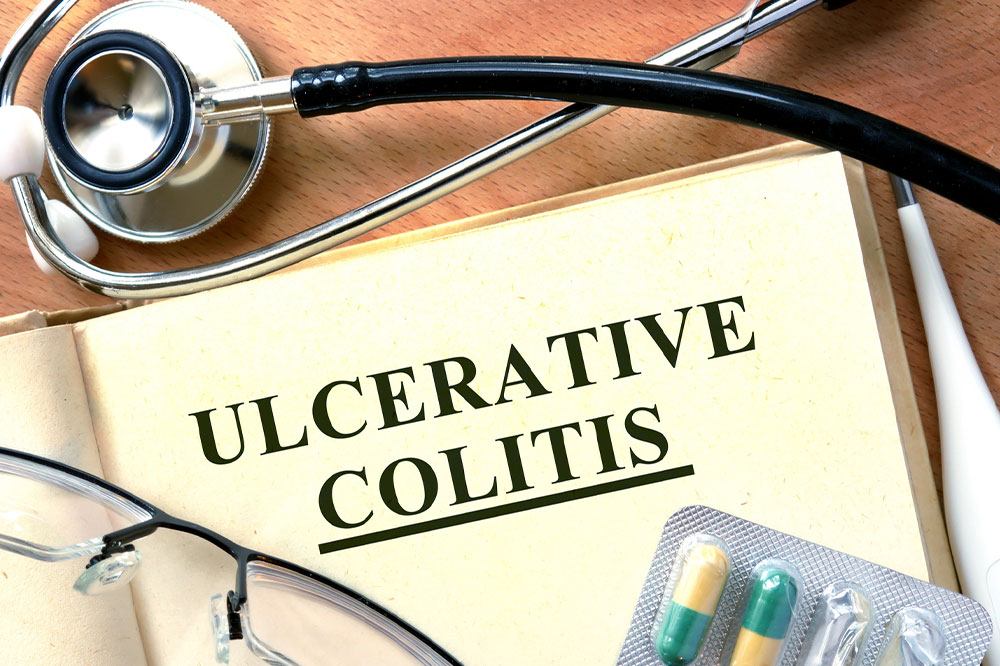14 worst foods for teeth to avoid

Maintaining good oral health is essential for overall well-being, and what one eats plays a significant role in it. While many specific foods and beverages promote strong teeth and gums, others can harm them. Learning more about dental health and avoiding foods that can harm the teeth is essential to understanding oral health better. Below are the top 14 foods that are detrimental to one’s teeth and must be avoided.
Candies
Candies are one of the primary culprits when it comes to dental problems. Sugars serve as food for harmful bacteria in the mouths, producing acids that erode tooth enamel. Hard and soft candies and chewy gummy treats are particularly harmful. Overconsumption of these sweets can result in cavities, tooth decay, and gum disease.
Sodas
These beverages are packed with sugars and acids, creating a perfect storm for dental problems. The sugars nourish bacteria in the mouth, while the acids can erode tooth enamel. Even sodas, although sugar-free, can be harmful due to their acidity. It is best to minimize the consumption of sodas to protect the teeth from its harmful effects.
Gummies
Sticky and chewy snacks like gummy candies and caramels are not ideal for dental health. Not only are they packed with sugars feeding harmful bacteria, but they also stick to the surface of teeth, making it difficult for saliva to wash them away. To prevent the negative impact of gummies, brushing and flossing meticulously after snacking on them is essential. Additionally, incorporating fresh fruits and vegetables like apples and carrots into one’s meals can help keep the teeth healthy.
Hard candy
Chewing on ice or hard candies can lead to dental emergencies like cracked or chipped teeth. To protect the teeth, avoiding chewing on hard objects is crucial. If one has the habit of crunching ice, consider using ice substitutes like crushed ice or chilled beverages to satisfy cravings.
Sports and energy drinks
Sports and energy drinks often contain high levels of sugar and acidity, making them one of the worst foods for teeth. They are harmful to tooth enamel and overall oral health. They may be marketed as providing energy and hydration but can contribute to dental problems. Drinking water or beverages with no added sugars is a healthier choice and mitigates the disadvantages of sports drinks. After consuming these drinks, one must rinse the mouth with water to help neutralize acids and reduce the risk of tooth erosion.
White bread
White bread and starchy snacks like potato chips and pretzels may not be sugary, but they are a significant source of carbohydrates that break down into sugars in the mouth. Harmful bacteria feed on these sugars, releasing acids that attack tooth enamel. Instead, one must opt for whole-grain options to lessen the impact of starchy snacks on the teeth.
Pickles
Pickles and other vinegar-based foods can be highly acidic, eroding tooth enamel gradually. Despite their appeal, these foods can be harmful to dental health. To enjoy them guilt-free, one must eat them as part of a meal rather than as stand-alone snacks. Waiting at least 30 minutes after consuming acidic foods before brushing is recommended to allow the enamel to re-mineralize.
Oranges
Citrus fruits like oranges, lemons, and grapefruits are packed with healthful vitamins but can also be acidic and damaging to tooth enamel. One can have citrus fruits in moderation to minimize their impact on dental health. This can help neutralize acids and reduce their harmful effects. Be cautious about brushing immediately after consuming citrus, as the acid can soften enamel temporarily.
Caffeinated beverages
Coffee and tea, while revered by many, can lead to tooth staining and may contribute to dry mouth. To reduce the dental impact of these beverages, consider adding milk or cream to the drink, as dairy can help neutralize acids. Drinking water while consuming coffee or tea can help wash away staining compounds. Brushing after consuming these beverages can also help prevent staining. One must be mindful of sugary coffee beverages like flavored lattes and opt for sugar-free alternatives if possible.
Popcorn hulls
Popcorn is a popular snack, but the hulls or kernels can pose a risk to the teeth. Biting down on an unpopped kernel can lead to tooth fractures or chips. To enjoy popcorn safely, be cautious and avoid biting down on hard kernels. Consider using air-popped popcorn, which tends to have fewer hard kernels. Flossing afterward can also help remove any lodged particles and reduce the risk of dental issues.
Hard taco shells
While tacos are delicious, biting into a hard taco shell can damage the teeth. These shells can be hard to bite, potentially leading to dental emergencies. To enjoy tacos without harming the teeth, consider warming hard taco shells slightly to make them more pliable. Be cautious while biting down, and avoid applying excessive force. Soft tortillas or taco bowls are alternative options that are gentler for the teeth.
Energy bars
While marketed as healthy snacks, many energy bars contain sugars and sticky ingredients like caramel and nougat, which can adhere to teeth. Choose energy bars with lower sugar content and minimal sticky components to protect dental health. Reading nutrition labels can also help make informed choices. After consuming energy bars, rinse the mouth with water and practice good oral hygiene to remove residue.
Popsicles
Popsicles are a popular and refreshing treat but are also high in added sugars. Additionally, the cold temperatures of popsicles can damage teeth. To enjoy popsicles responsibly, choosing varieties with no added sugars or making them at home using natural fruit juices is recommended.
Sweetened yogurts
Flavored yogurts can contain substantial amounts of added sugars. To prioritize dental health, choose plain yogurt and add natural sweeteners like fresh fruits or honey. This allows one to control the sugar content while still enjoying the benefits of yogurt.






